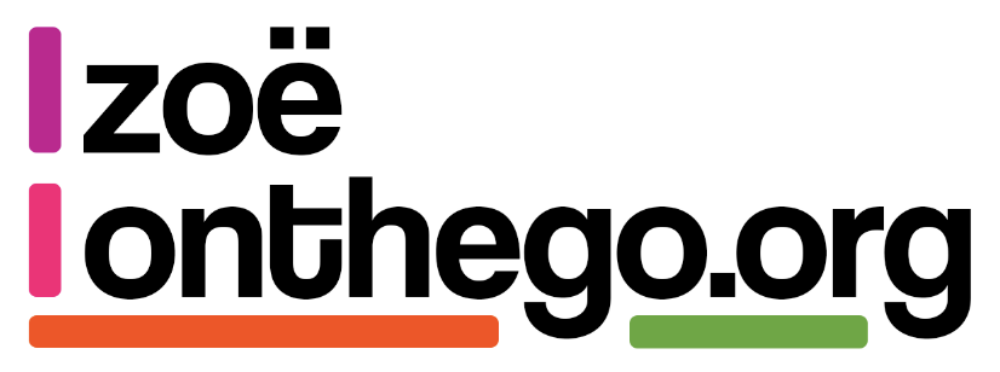In other words Agile isn’t linear so stop making it look like it is.
Most people within the public sector who work in Digital transformation have seen the GDS version of the Alpha lifecycle:

Which aims to demonstrate that developing services starts with user needs, and that projects will move from Discovery to Live, with iterations at each stage of the lifecycle.
The problem with this image of Agile is that it still makes the development of Products and Services seem linear, which it very rarely is. Most Products and Services I know, certainly the big complex ones, will need several cracks at a Discovery. They move into Alpha and then back to Discovery. They may get to Beta, stop and then start again. The more we move to a Service Design mentality, and approach problems holistically, the more complex we realise they are, and this means developing Products and Services that meet user needs is very rarely as simple and straightforward as the GDS Lifecycle makes it appear.
And this is fine, one of the core principles of Agile is failing fast. Stopping things rather than carrying on regardless. We iterate our Products and Services because we realise there is more to learn. More to Discover.
The problem is, especially in organisations new to Agile and the GDS way of working, they see the above image, and its more linear portrayal seems familiar and understandable to them, because they are generally user to Waterfall projects which are linear. So when something doesn’t move from Alpha to Beta, when it needs to go back into Discovery they see that as a failure of the team, of the Project. Sometimes it is, but more not always, sometimes the team have done exactly what they were meant to do, they realised the problem identified at the start wasn’t the right problem to fix because they have tested assumptions and learned from their research. This is what we want them to do.
The second problem with the image put forward in the GDS lifecycle is that it doesn’t demonstrate how additional features are added. The principle of Agile is getting the smallest usable bit of your Product or Service out and being used by users as soon as you can, the minimum viable product (MVP), and this is right. But once you have your MVP live what then? The Service Manual talks about keeping iterating in Live, but if your Product or Service is large or complex, then your MVP might just be for one of your user groups, and now you need to develop the rest. So what do you do? Do you go back into Discovery for the next user segment (ideally, if you need to yes), but the GDS lifecycle doesn’t show that.
As such, again for those organisations new to Agile, they don’t’ factor that in to their business cases, it’s not within the expectations of the stakeholders, and this is where Projects end up with bloated scopes and get stuck forever in Discovery or Alpha because the Project is too big to deliver.
With Public Services being developed to the Digital Service Standards set by GDS, we need a version of the lifecycle that breaks that linear mindset and helps everyone understand that within an Ariel project you will go around and around the lifecycle and back and forwards several times before you are done.
Agile is not a sprint, a race, or a marathon, it’s a game of snakes and ladders. You can get off, go back to the start or go back a phase or two if you need to. You win when all your user needs are met, but as user needs can change over time, you have to keep your eye on the board, and you only really stop playing once you decommission your Product or Service!

